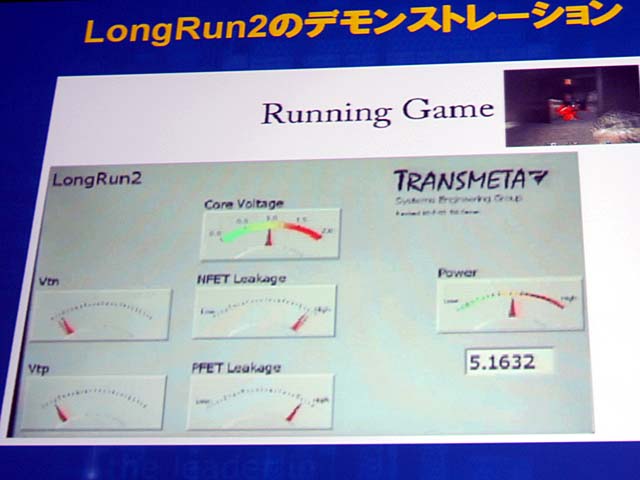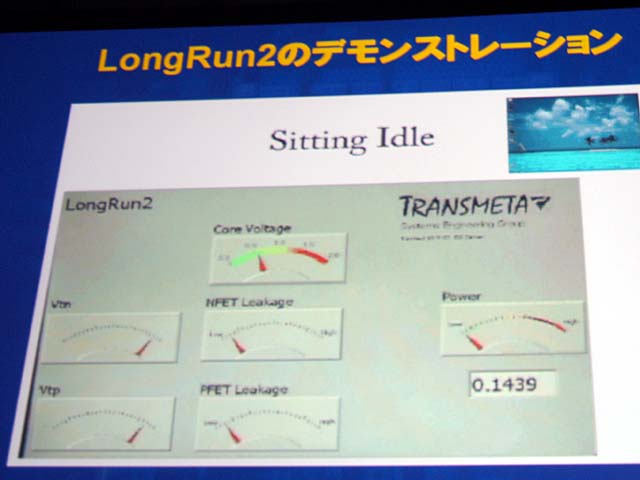http://www.eet.com/semi/news/showArticle.jhtml?articleId=57703131
Sony is the third company that was licensed for LongRun2 after NEC and Fujitsu. Hmm, PSP-2000 already in the mill?
Sony takes license, backs Transmeta move back into IP
By Peter Clarke
Silicon Strategies
1 24, 2005 (7:31 HM EST)
LONDON — Global consumer electronics company Sony Corp. has licensed technologies for power management and transistor leakage control from Transmeta Corp. (Santa Clara, Calif.), joining a band of companies which have licensed technology from Transmeta.
Transmeta revealed on Friday (Jan. 21) that on the previous day the company had signed its third LongRun2 licensing agreement as it confirmed a move away from selling processors as a fabless chip company, and a move back towards an intellectual property (IP) business model.
That global consumer electronics company would appear to be Sony. Financial details of the deal were not revealed.
Sony has its own aspirations in the microprocessor market being on the verge launching its "Cell processor" in concert with Toshiba Corp. and IBM Corp., and may prefer to have Transmeta as a licensor partner rather than a potential competitor for some design slots.
LongRun2 technologies adjusts transistor threshold voltages to control transistor leakage in response to changes in runtime conditions, such as voltage and temperature, which are not predetermined when the chip is manufactured, the company said. "Transmeta's LongRun2 technologies represent a major practical innovation that addresses the problems of exponentially rising leakage and power consumption facing the semiconductor industry," said Bijan Moslehi, chief technology officer of The Noblemen Group, in a statement issued by Transmeta.
One of Transmeta's recent licensees is Fujitsu, which until recently was a foundry manufacturing partner.
Transmeta started out as a technology licensing company in the late 1990s striking deals with IBM Corp. and Toshiba Corp. which it revoked in 2000. At that time the company bought back its two technology licenses so that it could pursue a fabless chip company model.
Sony is the third company that was licensed for LongRun2 after NEC and Fujitsu. Hmm, PSP-2000 already in the mill?






